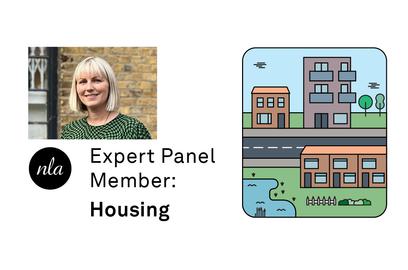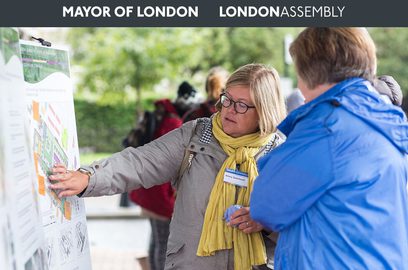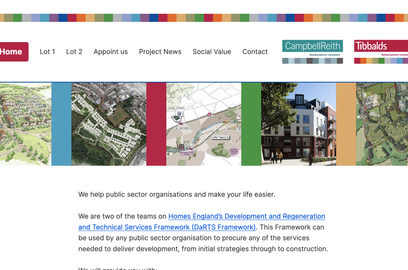Responding to terror – how do we balance open space and security?

Tibbalds
The office atmosphere was extremely quiet on Monday morning. Everyone trying to take stock of what took place over the weekend; an attack in our city, but also an attack on our local neighbourhood, writes Sarah Jenkinson, associate at Tibbalds Planning and Urban Design.
Tibbalds’ office is a 10-minute walk from London Bridge and so arriving into our working community with closed streets and a vast police presence made such a familiar place feel disorientating and fragile.
So many questions and concerns run through our minds after such an event, but as an urban designer and architect I can’t help but think about how these threats might also affect our city’s unique and rich street life and the communities that inhabit them.
Since the mistakes of the ’60s and ’70s, where roads were designed around the car, street design in our cities is increasingly evolving to be about the curation of an environment to provide for the needs of all its users, whether they are on foot, bike, bus or car and no matter their age or ability. Now, streets are considered to be far more than routes for movement. Instead they are being rethought to become places of interaction and activity; spaces that bind our buildings together rather than fragment them.
London is transforming in this sense and it has been done by breaking down the thresholds that separate vehicles and pedestrians by using shared surfaces, decluttering busy pavements by removing unnecessary street furniture, and encouraging the activation of the public realm with tables and chairs from cafés and pubs.
All these interventions and theories have been proposed, tried and tested in many cities around the world by many well-known urbanists such as Jan Gehl, Jane Jacobs and William Whyte.
When cycling over London Bridge each day this week with its new temporary barriers, separating the pavement from the street to protect walkers from vehicles, there is a real sense that the attackers are succeeding in creating division.
This may seem arbitrary compared to the religious and social barriers that are our main point of concern, however these physical separators are a disruption and breakdown of our street and city life too. Walkers are confined to narrow gullies, permeability is restricted and citizens feel less inclined to pause and interact.
So where do we go from here? As a society we are adamant that we will not be afraid. We will not let these senseless attacks affect our way of life or our vibrant and diverse communities. I wholeheartedly believe this is the right response. However, I can’t help but think that there is now a whole new layer of consideration required in street design, especially in prominent and busy arteries of our cities.
Do street lights and benches need to also act as disguised bollards? Or better, should we be eliminating vehicles from our city centres entirely? The latter is surely the best next step in providing safer streets; protecting walkers, cyclists and street occupiers from both accidental and intentional vehicle collisions and simultaneously giving this new-found open space to our cities’ citizens to occupy, interact and flourish.
Topics:
Related Updates

Lizzie Le Mare joins NLA Expert Panel

Tibbalds

Hilary Satchwell speaking at LSDC's report launch event

Tibbalds

Tibbalds and CampbellReith have updated our Tibbalds CampbellReith JV website

Tibbalds
Stay In Touch
Sign up to our Newsletter
Subscribe to our newsletter to receive updates about making people friendly places.